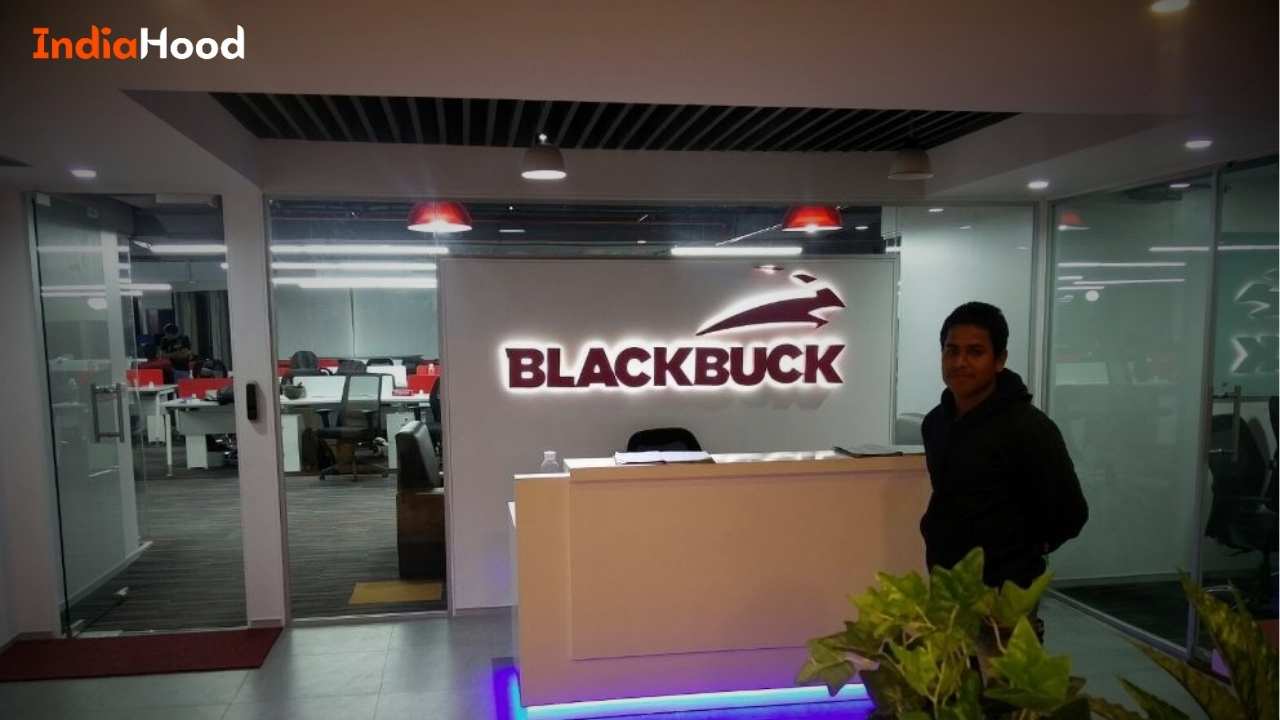The automotive landscape is in a state of flux, particularly for passenger vehicles, prompting questions about Hyundai Motor India’s upcoming IPO. As the festive season unfolds, this moment could signify a pivotal point in Hyundai’s growth trajectory, aiming to leverage enhanced consumer confidence and a potential market rebound. This analysis seeks to explore the strategic implications of this IPO and its potential impacts on India’s automotive sector.
A Robust Foundation
Hyundai has consistently demonstrated impressive financial stability. Over the past four years, the company’s revenue has steadily increased, achieving a remarkable compound annual growth rate (CAGR) of almost 20%. Earnings before interest and taxes (EBIT) surged even more dramatically, climbing by 48%. Such robust profitability has been bolstered by high operational efficiency, highlighted by a return on capital employed (ROCE) and a median operating margin of 29% and 13%, respectively. Hyundai Motor India’s Chief Operating Officer, Tarun Garg, proudly reaffirmed the company’s standing, stating, “We remain the second-largest OEM in the market, excelling not just in volume but in market share as well.” Furthermore, the forthcoming facility in Pune will boost production capacity from 824,000 to 1.1 million units, enabling Hyundai to meet increasing demand and solidify its leadership role.
One of Hyundai’s noteworthy strengths is its efficient sales and service network, with an outstanding sales-to-service outlet ratio of 1.1. This metric notably surpasses competitors such as Tata Motors and Maruti Suzuki, contributing to superior customer satisfaction levels.
Adapting to Market Trends
A significant growth driver has been Hyundai’s strategic focus on the SUV segment. Between FY22 and FY24, SUV sales volumes soared, from 52.1% to 63.2% of its domestic sales. This shift reflects the company’s adeptness in responding to evolving consumer preferences within the Indian market.
Hyundai’s diverse portfolio of 13 passenger vehicle models—including the Aura, Verna, Grand i10 NIOS, i20, and the popular Creta—caters to a wide array of customer preferences. The brand’s strategy of timely facelifts for existing models helps maintain customer interest and encourages dealership visits, sustaining a competitive edge in a dynamic market. Abhishek Gaoshinde, Deputy Vice President of Research at Sharekhan by BNP Paribas, underscores the effectiveness of this approach, noting the importance of aligning product refreshes with consumer demand.
Challenges on the Horizon
However, challenges persist. Hyundai’s reliance on imported materials, accounting for nearly 22% of its cost of goods sold—up from 18% in FY22—necessitates a shift toward local production to enhance efficiency and reduce costs. Furthermore, royalty expenses have seen significant growth, rising from ₹1,101 crore in FY22 to ₹1,558 crore in FY24, an increase of over 41.6%. While these payments have stabilized as a percentage of revenue, concerns loom about future profitability, especially with new royalty terms set at a fixed 3.5% of annual sales.
Experts warn that these royalty payments could escalate to 5% without minority shareholder approval, potentially straining Hyundai’s profitability amidst rising input costs. Saji John, Senior Research Analyst at Geojit Financial Services, cautions that such developments could put added pressure on overall margins.
Navigating the EV Transition
Moreover, Hyundai’s current positioning in the electric vehicle (EV) market poses another strategic hurdle. As the Indian government accelerates its push for sustainable mobility, Hyundai’s limited EV offerings can be viewed as a gap. Yet, Kranthi Bathini, Director of Equity Strategy at WealthMills Securities, believes this is not an immediate concern. “Hyundai is gradually focusing on the higher end of the EV market and possesses the necessary technology to expand as market dynamics evolve,” he states.
Notably, Hyundai’s focus remains on maintaining its profitability and market share through non-EV models, including nine significant upgrades from January 2023 to March 2024. This careful balance should help the company sustain momentum in a challenging environment.
Competitive Landscape and Market Dynamics
Despite the backing of the Hyundai Motor Group, Hyundai Motor India is navigating a fiercely competitive environment. Over the past five years, its market share in the passenger vehicle segment has dropped from 17.6% to 14.6%, with intensified competition from aggressively priced vehicles launched by rivals, including sister brand Kia, which is swiftly gaining market share.
However, Gaoshinde provides reassurance, explaining that while both brands operate within the same market space, their distinct positioning and independent business strategies allow them to thrive without adversely affecting each other’s market shares. Bathini adds that the brand diversification within the group alleviates the potential risks associated with Kia’s share growth.
Adding to the complexity are the broader market dynamics, marked by a slowdown in passenger vehicle sales and muted consumer demand. Recent reports indicate that this sector has faced contraction in sales on a year-over-year basis, with hopes now resting on the festive season to reinvigorate consumer sentiment.
Capitalizing on SUV Demand
The automotive sector has shifted notably towards SUVs, fueled by a surge in spending among the upper-middle class and the introduction of more affordable compact SUV models. This trend has seen substantial growth across all SUV sub-segments, significantly outpacing traditional hatchback and sedan sales. Analysts predict that the passenger vehicle segment in India is poised for a compounded annual growth rate of 7% to 9% over the next five years, as noted in a recent CRISIL report.
Hyundai has successfully established itself as a leader in the mid-size SUV category since FY19. Its flagship model, the Creta, commands a dominant market share of 38%, underlining Hyundai’s ability to capitalize on this growing segment. Moreover, with the introduction of the premium EV, IONIQ 5, in 2023, Hyundai is aligning itself with global trends toward sustainable mobility.
In conclusion, Hyundai Motor India stands at a crucial juncture as it approaches its IPO. While robust growth metrics and a strategic focus on SUVs bolster its outlook, the company must navigate significant challenges involving costs, competition, and the transition to EVs. With a thoughtful approach that balances immediate demands with long-term vision, Hyundai is well-positioned to redefine its role in the evolving automotive landscape.









